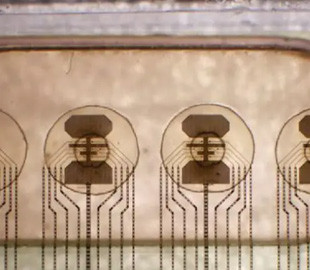FinalSpark, a pioneering Swiss biotech startup, has announced the launch of a revolutionary online platform that provides unprecedented remote access to a biological processor consisting of 16 organoids of the human brain. The “Living Processor” has unique energy efficiency that far surpasses traditional digital processors.
The bioprocessor, according to FinalSpark, is designed to consume a million times less energy, than its electronic counterparts. By comparison, training a large language model (LLM) such as GPT-3 typically requires about 10 gigawatt-hours (GWh) of energy, equivalent to the annual energy consumption of 6,000 average European households.< br />
Thus, the implementation of these bioprocessors could dramatically reduce energy consumption when training AI models, significantly reducing the impact of computing on the environment.
Details about the platform
This neuroplatform works on the basis of the advanced concept of Wetware, which seamlessly integrates biological components with conventional hardware and software.
Central to its architecture are four multi-electrode arrays (MEAs), each containing living organoids of brain tissue. These organelles, structured as three-dimensional cell masses, perform basic data processing functions.
Each MEA contains four organoids connected to eight electrodes that facilitate both stimulation and recording of signals. The resulting data are digitized using Intan RHS 32 analog-to-digital converters operating at a frequency of 30 kHz.
To ensure the viability of the organoids, the system uses a sophisticated microfluidic setup along with surveillance cameras for continuous monitoring.
< p>Researchers can interact with this unique bioprocessor using advanced software that allows data entry and reaction analysis.
So far, nine research institutions have gained remote access to this neural platform for biocomputing research. The technology has also attracted more than 30 universities around the world. For educational purposes, access to the platform is provided by subscription at a cost of USD 500 per user.
Advantages and disadvantages of a “living processor”
Unlike silicon chips, which have a long lifetime, these neural chips function for about 100 days . Early iterations of organoids had very limited lifespans, surviving only a few hours. However, improvements in the life support system have significantly extended their active period.
The potential commercialization of bioprocessors represents a significant leap forward, promising computing systems that are not only more ecological, but also closer in function to natural human intelligence.
FinalSpark's innovation may well lead to a transformative shift in the way we approach computing, combining biological sophistication with technological advances.

